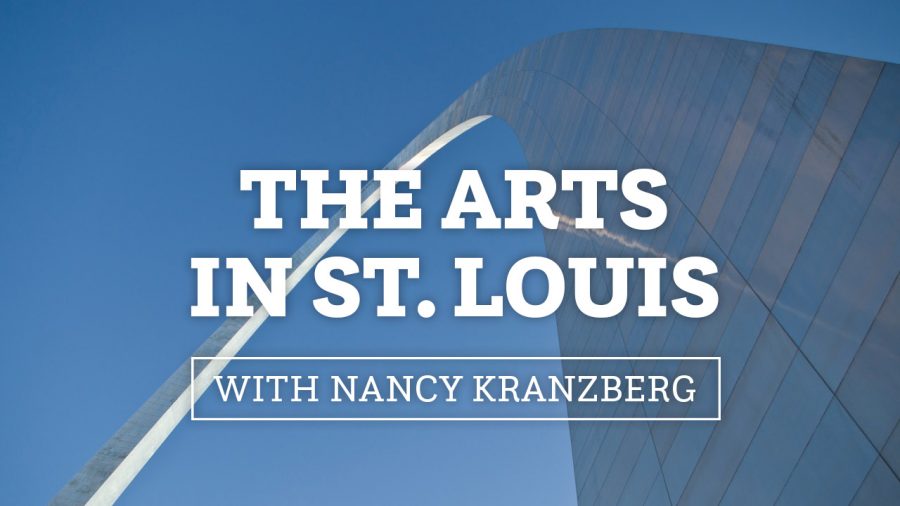Art of the mask spans many eras, cultures
Published March 9, 2022
This upsetting pandemic has forced most of us to wear masks — like it or not. Many folks have been very creative with their face coverings. Of course, I had to research the history of the mask throughout the ages and throughout the world and of course the world is very big.
I found that the history of masks began some 9,000 years ago. From that moment masks were made and used in thousands of different ways and became inseparable from our lives.
There are many popular masks around the world that can be categorized by different criteria. Masks can be used in rituals, ceremonies, hunting, feasts, wars, performances, theaters, fashion, sports and movies, as well as in medical, protective or occupations purposes. Masks can also be used as ornamentation.
I picked up a copy of Robert Ibold’s “Masks of the World” and on the cover it lists Africa, India and the Himalayas, East Asia, Bali and Java, Oceania, Europe, Native America, Modern America, Mexico, Guatemala, Caribbean, South America, protection and protest, and even steampunk and sex. I opened the book and found an incredible array of every kind of mask imaginable — well not every kind, but if you want to see wonderful masks, buy a copy.
A walk through the St. Louis Art Museum could take days if you were simply looking for masks in different cultures. The very large section of Oceanic Art stopped me in my tracks. In the Oceanic culture, ancestral worship is very strong, and masks are made to represent ancestors. Big masks, some six meters high are used as protection from evil spirits.
Ancient Aztecs, in Latin America, used masks to cover faces of the dead. They made them from leather in the beginning, but later started making them from copper and gold. In the Pre-Columbian section of the museum, you can see beautiful gold masks.
I remember an exhibition at the museum years ago featuring Northwest Coast Indian art and some of the wooden masks in the collection are incredible. Many of the Pacific Northwest coastal groups have very skilled woodworkers that make complex masks from wood, leather, bones and feathers with moveable parts and of great beauty.
African masks were normally made out of wood because it was believed wood was a living being with a soul and could therefore acquire the properties of the tree by obtaining part of its strength. Africa is huge and masking and masks are found everywhere in different parts of Africa such as Cameroon, Nigeria, Gabon, Kenya and West Africa. The St. Louis Art Museum has many fine examples of these.
Masks are used for many different reasons in the various cultures around the world.
All across Mexico the “The Day of the Dead” commemorates family members who have passed away. People often paint their faces or wear masks of clay or papier-mache that resemble skulls, as well as alters or ofrendas to celebrate the departed.
Except for ritual purposes, from the ancient times masks were used in theater. Oldest theater masks are from Ancient Greece and masks used in traditional Japanese “Noh” drama. In time, masks are used in, medieval theater in mystery and miracle plays, during the Renaissance as well as today.
And, of course, Mardi Gras in New Orleans and festivals such as Carnival in Rio de Janeiro are known for elaborate masks and costuming. Similar in style to Venetian masks, Brazilian masks are worn in celebration of Carnival during the week before lent. Their origins, though, are vastly different. Brazilian Carnival first occurred in the 17th and 18th century in Rio de Janeiro, but masks weren’t observed until the 19th century. Lower class parading revelers wore these masks in contrast to the more organized and lavish parades held by the aristocratic and working class people.
Venetian masks were worn during Carnival in Venice. These world-famous masks date back to the 13th century. The origin of these masks is unknown, but some theories suggest that they were donned in rebellion to the rigid society and times. Some masks were made of cheap material, and some were made of porcelain by skilled craftsmen.
Masks are often worn in the Jewish festival of Purim, in the False Face Society of North American Native Americans. They are worn in choreographed parades such as the Bahamian Junkanoo held on the evening of Boxing Day and New Year’s Day, in performances all over the world, and of course what would we do if masking wasn’t allowed on Halloween.
Masks can be used for protection in sports and in certain occupations, as disguise, in high fashion, and as usual I just was flabbergasted by the world of steampunk and sex described in Ibold’s book.
I’ll leave it to you, dear reader or listener, to research this one on your own.
Once again, I bit off more than I can chew, choosing such an enormous topic and field which I could barely scratch the surface of.

For more of Nancy Kranzberg’s commentary, listen to KWMU (90.7) St. Louis on the Air the first Friday of each month at approximately 12:50 p.m. She also hosts a weekly Arts Interview podcast for KDHX (88.1), available at artsinterview.kdhxtra.org.
















